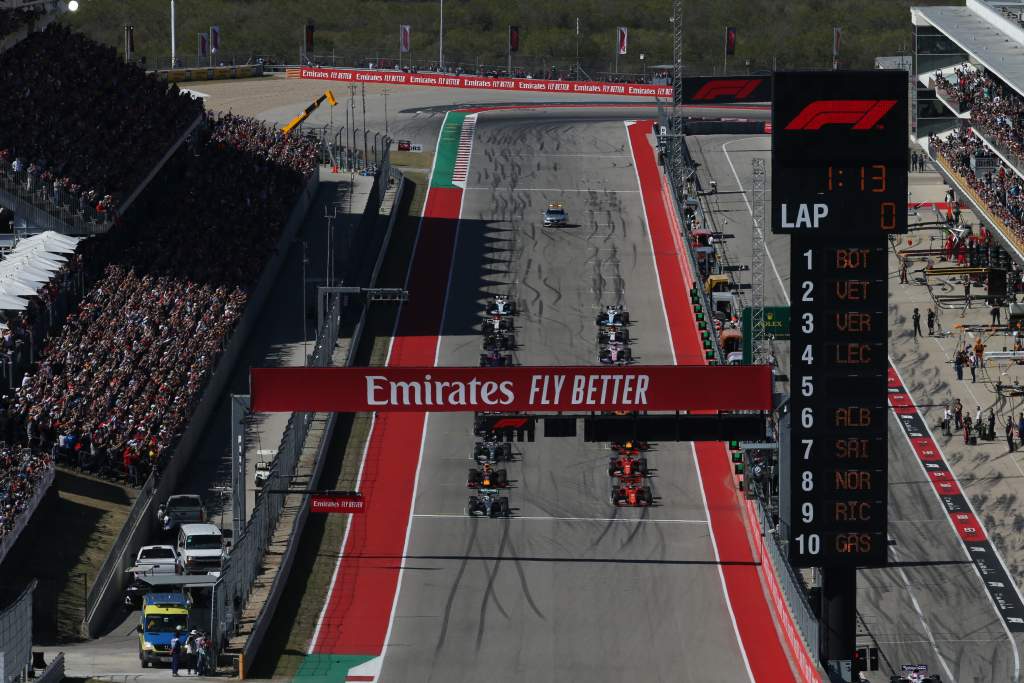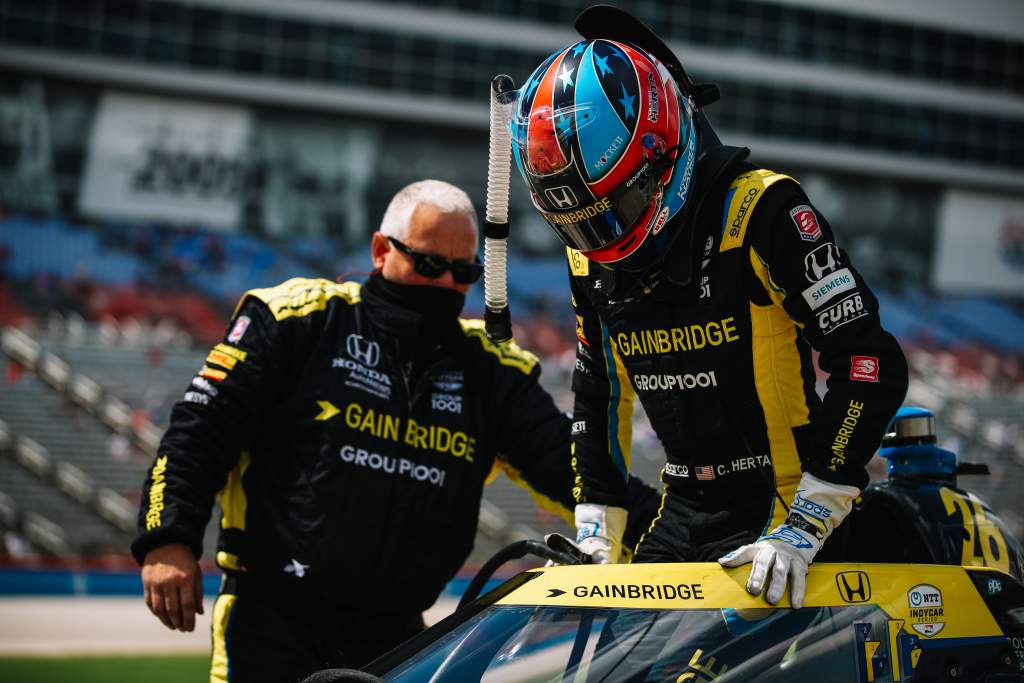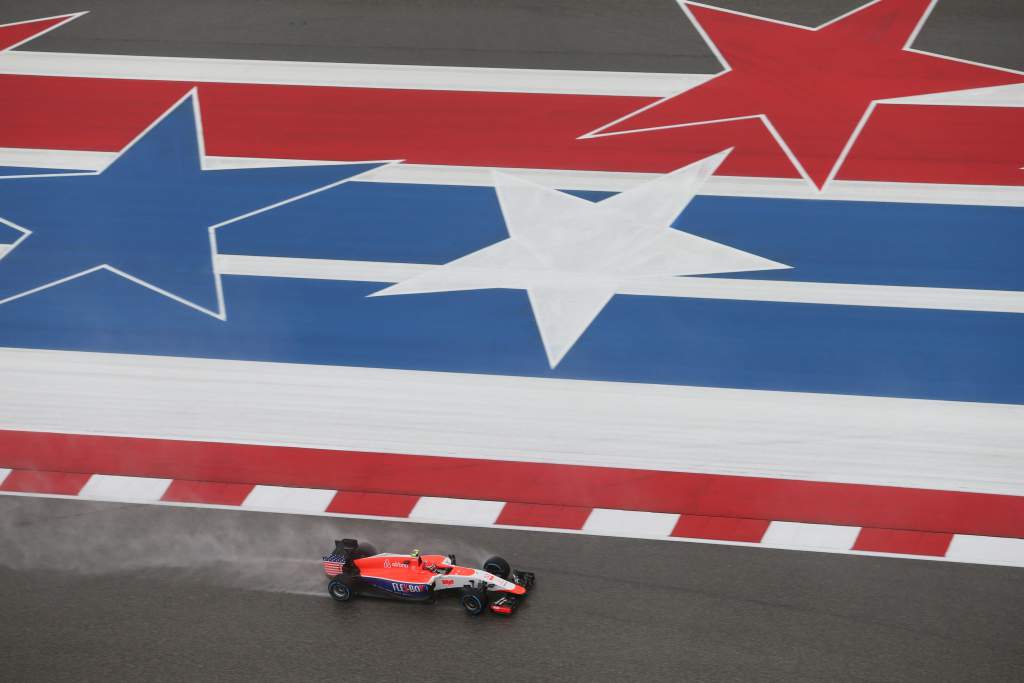Up Next

Formula 1 is “working with teams” trying to understand what is needed to get an American driver into the championship, but considers it unlikely in “the next two or three years”.
The addition of the Miami Grand Prix and expected renewal of Austin’s round will give the world championship two races in the United States of America from 2022.
While F1 is represented by North American drivers in the form of Canadians Lance Stroll and Nicholas Latifi, and Mexican Sergio Perez, there has not been a US driver on the grid since Alexander Rossi’s part-campaign at the end of 2015 with the struggling Marussia team.
F1 CEO Stefano Domenicali has indicated that changing that is a priority for series owner Liberty Media, which has been trying to expand F1’s profile in the US since taking control of the championship in 2017.
In an investors call on Friday ahead of the Spanish Grand Prix, Domenicali indicated F1 has started taking steps to try to boost the prospect of the country having a home driver.
Asked if an American driver was important to help captivate the US audience, Domenicali replied: “It is very clear, yes.
“We are working with teams, trying to understand what is really the possibility for American drivers to come to the attention of F1 teams in the short term.

“This could come. I don’t see that, being very pragmatic and realistic, coming in the next two or three years but maybe after, yes.
“I know that there are teams watching good drivers that if they are ready would be a big boost for the American fans because as we know, drivers create enthusiasm and passion, the people want to see these guys.
“And therefore, the hope we have is that very, very soon we have American drivers competing against the others in F1.”
F1 does have an American team on the grid in the form of Gene Haas’s entry but it currently fields wealthy Russian Nikita Mazepin and Ferrari protege Mick Schumacher, a line-up it will retain in 2022 as well.
There is no US driver in F1’s main feeder series Formula 2, although Juan Manuel Correa – who raced in F2 until suffering major injuries in the 2019 crash that killed Anthoine Hubert – has returned to single-seater racing in Formula 3 this season.
Correa is one of four Americans in F3, alongside Red Bull protege Jak Crawford, BRDC British Formula 3 champion Kaylen Frederick, and 2020 F3 title contender Logan Sargeant.
The popularity and quality of the US’s own IndyCar series has been a major factor in the lack of US representation in F1.
Two-time IndyCar champion Josef Newgarden, now 30 years old, was briefly on the F1 ladder back in 2010 in the GP3 Series but his inexperience having only just graduated from British Formula Ford meant he failed to make an impact and returned to the States.
Colton Herta (pictured below), 21, is arguably the best young American driver in motorsport and like Newgarden was also briefly on the European scene, finishing third in MSA Formula (the successor of British FFord) the year McLaren F1 driver Lando Norris won the title.
He spent a year racing Formula 3 machinery in Euroformula Open, finishing third again, before returning to the USA like Newgarden did and focusing on the IndyCar career ladder.

F1 believes it is making progress with expanding its reach in the United States, though.
Liberty top dog Greg Maffei said that former F1 CEO Chase Carey always believed that the championship’s popularity would grow in the US and is confident that faith is now being justified.
“Doing Miami and doing [popular Netflix docuseries] Drive to Survive and all the other things that we have going on from fan festivals to digital engagement, all those are building our interest in the US,” said Maffei.
“And many groups that heretofore have not been interested, I have people coming up to me who say ‘I’m obsessed with Formula 1 because of Drive to Survive’, who are not our typical audience: women, teenagers, many different kinds of audiences that are expanding which is great.”
Domenicali added that the work around the Miami race, which he says has had a “massive response”, is a key example of F1’s commitment to its American strategy.
“We want to maximise everything out of it,” he added.







